This course introduces a comprehensive state-of-the-art in the field of high temperature superconductivity (HTS), in this
case copper-oxide-based (cuprates), and its application for United Nations Sustainable Development Goals (SDGs). The course
mainly deals with various aspects of processing methods, properties, and applications of high-Tc cuprates. Industrial applications
require high-quality materials. The students will learn to create and evaluate phase diagrams reflecting the quality of nano-structures
achieved in the production stage. For this, it will be important to understand the vortex pinning techniques needed for individual
industrial applications. This course is designed to be as broad and rigorous as possible to cover super-magnets’ processing,
reliable production, and characterization needed for several industrial applications in medicine, transport, and research
fields, supporting the SDGs goals.
To develop excellence in bulk high-Tc processing and activate ability to produce nanostructured super-magnets for industrial
applications conforming to SDGs. The class will focus on understanding phase diagrams, production of new materials, and creation
of nano-structures improving the material’s performance, in particular above liquid nitrogen temperature. Eventually, students
should understand how the new class of nanostructured materials contributes to the everyday applications conforming to SDGs.
| Goals and objectives | Course Outcomes | |
|---|---|---|
| 1. | The students will learn the concept, e.g. phase diagrams, crystal structure of yttrium barium copper oxide high-Tc superconductor with general formula YBa2Cu3O7-x (Y-123). |
A-1
|
| 2. | The students acknowledge with the HTSC material synthesis methods [melt textured growth (MTG), modified melt textured growth (MMTG), melt powder melt growth (MPMG), quench melt growth (QMG), infiltration growth (IG), oxygen controlled melt growth (OCMG)] |
A-1
|
| 3. | The students will understand the importance of creation of nano-structures for enhancing flux pinning around liquid nitrogen temperature. |
A-1
|
| 4. | iv. The students will understand how the super-magnets contribute to day of life applications, like magnetic levitation train (Maglev), magnetic resonance imaging (MRI), drug delivery systems (DDS) and water cleaning devices along with finding their usefulness for the United Nations Sustainable Development Goals (SDGs). |
A-1
|
| Class schedule | HW assignments (Including preparation and review of the class.) | Amount of Time Required | |
|---|---|---|---|
| 1. | Introduction of high Tc superconductivity | Review of the lecture | 100分 |
| Read the handouts | 90分 | ||
| 2. | Crystal chemistry of high-Tc Y-123 superconductor | Review of the lecture | 100分 |
| Read the handouts | 90分 | ||
| 3. | Phase diagrams of high-Tc Y-123 superconductor | Review of the lecture | 100分 |
| Read the handouts | 90分 | ||
| 4. | Melt processing, texturing by MT, MPMG, QMG | Review of the lecture | 100分 |
| Read the handouts | 90分 | ||
| 5. | Melt processing, texturing by IG, OCMG | Review of the lecture | 100分 |
| Read the handouts | 90分 | ||
| 6. | Single grain production and seeding techniques | Review of the lecture | 100分 |
| Read the handouts | 90分 | ||
| 7. | Low cast production techniques and challenges for Y-123 production | Review of the lecture | 100分 |
| Read the handouts | 90分 | ||
| 8. | Critical currents and trapped fields of LRE Ba2Cu3Oy (LRE = Nd, Sm, Gd, NdEuGd, NdSmGd, SmEuGd, etc.,) | Preparation for midterm exam | 200分 |
| Read the handouts | |||
| 9. | Creation and analysis of nano-structures in LRE-123 by OCMG process | Review of the lecture | 100分 |
| Read the handouts | 90分 | ||
| 10. | Microstructure analysis by scanning electron microscopy (SEM), transmission electron microscopy (TEM), scanning tunnelling microscopy (STM) and atomic force microscopy (AFM) | Review of the lecture | 100分 |
| Read the handouts | 90分 | ||
| 11. | Students’ ideas for new super-magnets for SDGs | Review of the lecture | 100分 |
| Read the handouts | 90分 | ||
| 12. | Application of high-Tc superconductors: DDS, MRI (Basic principles and its development’s) | Review of the lecture | 100分 |
| Read the handouts | 90分 | ||
| 13. | Application of high-Tc superconductors: water cleaning devices and Maglev (Basic principles and its development’s) | Review of the lecture | 100分 |
| Read the handouts | 90分 | ||
| 14. | Final exam and discussion on the solutions | Preparation for final exam | 200分 |
| Read the handouts | |||
| Total. | - | - | 2680分 |
| Mid-term exam #1, etc., | Mid-term exam #2, etc., | Final Project | Final exam | Total. | |
|---|---|---|---|---|---|
| 1. | 20% | 20% | |||
| 2. | 20% | 20% | |||
| 3. | 20% | 20% | |||
| 4. | 40% | 40% | |||
| Total. | 20% | 20% | 20% | 40% | - |
The students will be evaluated based on their midterm exam, activity during the class (presentation and discussion) will
contribute 40% of the grade, final project will contribute 20% of the grade and final exam will contribute 40% of the grade.
Students need at least 60% of the full score to pass this course to reflect upon the knowledge and skills.
Students need at least 60% of the full score to pass this course to reflect upon the knowledge and skills.
1. Introduction to Solid State Physics, Charles Kittel, john Wiley & Sons, Inc., New York
2. High-Tc superconducting Technology: Towards sustainable development goals, Muralidhar M, Jenny Stanford Publishing, Singapore (2022)
3. High Temperature Superconductors: Occurrence, Synthesis, and Applications, Muralidhar M et al., Nova Science Publishers New York (2018)
4. Some scientific papers will be handed out.
2. High-Tc superconducting Technology: Towards sustainable development goals, Muralidhar M, Jenny Stanford Publishing, Singapore (2022)
3. High Temperature Superconductors: Occurrence, Synthesis, and Applications, Muralidhar M et al., Nova Science Publishers New York (2018)
4. Some scientific papers will be handed out.
- Students are asked to contact through email and make appointments. Email: miryala1@shibaura-it.ac.jp
- Course that cultivates an ability for utilizing knowledge
- Course that cultivates a basic problem-solving skills
| Work experience | Work experience and relevance to the course content if applicable |
|---|---|
| N/A | N/A |
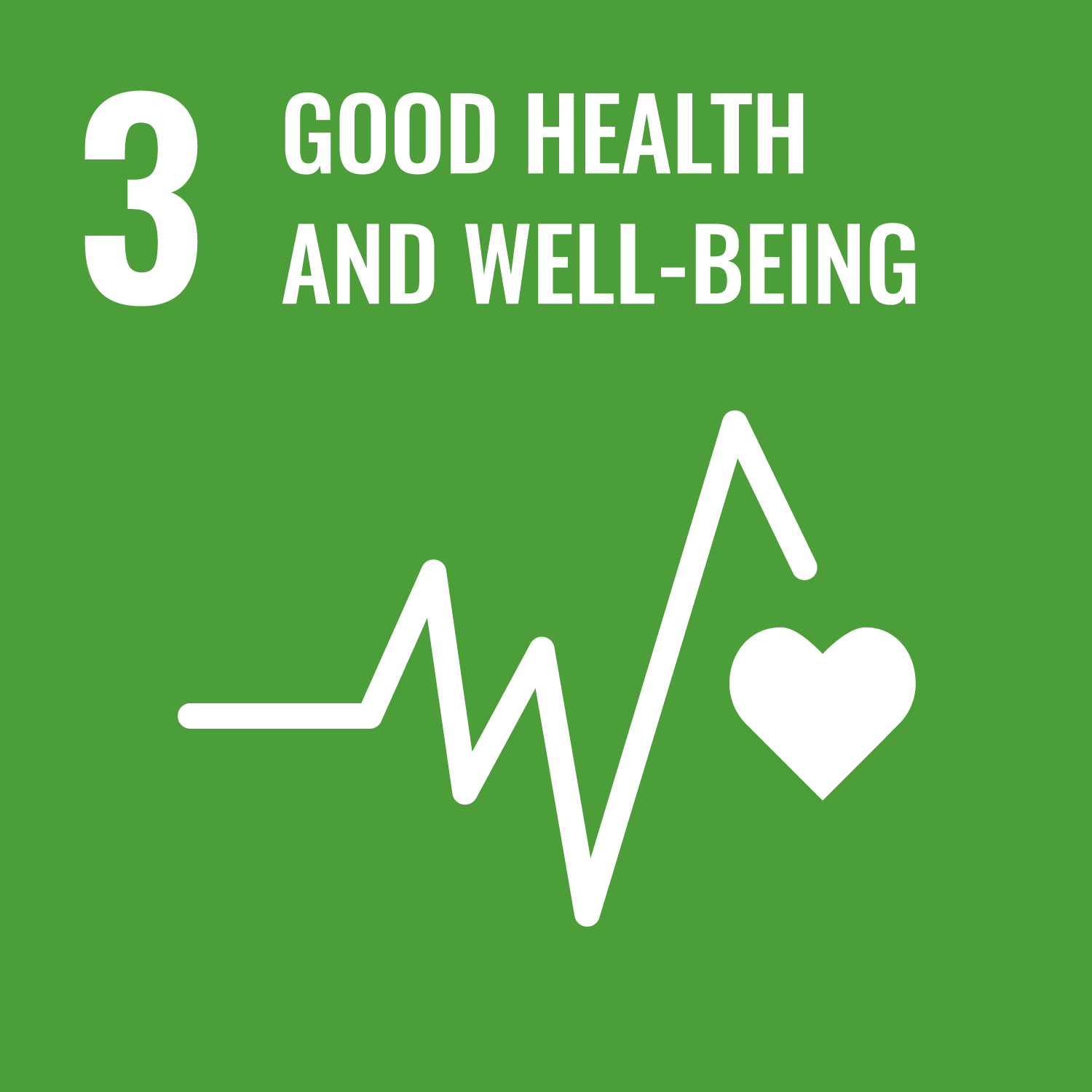
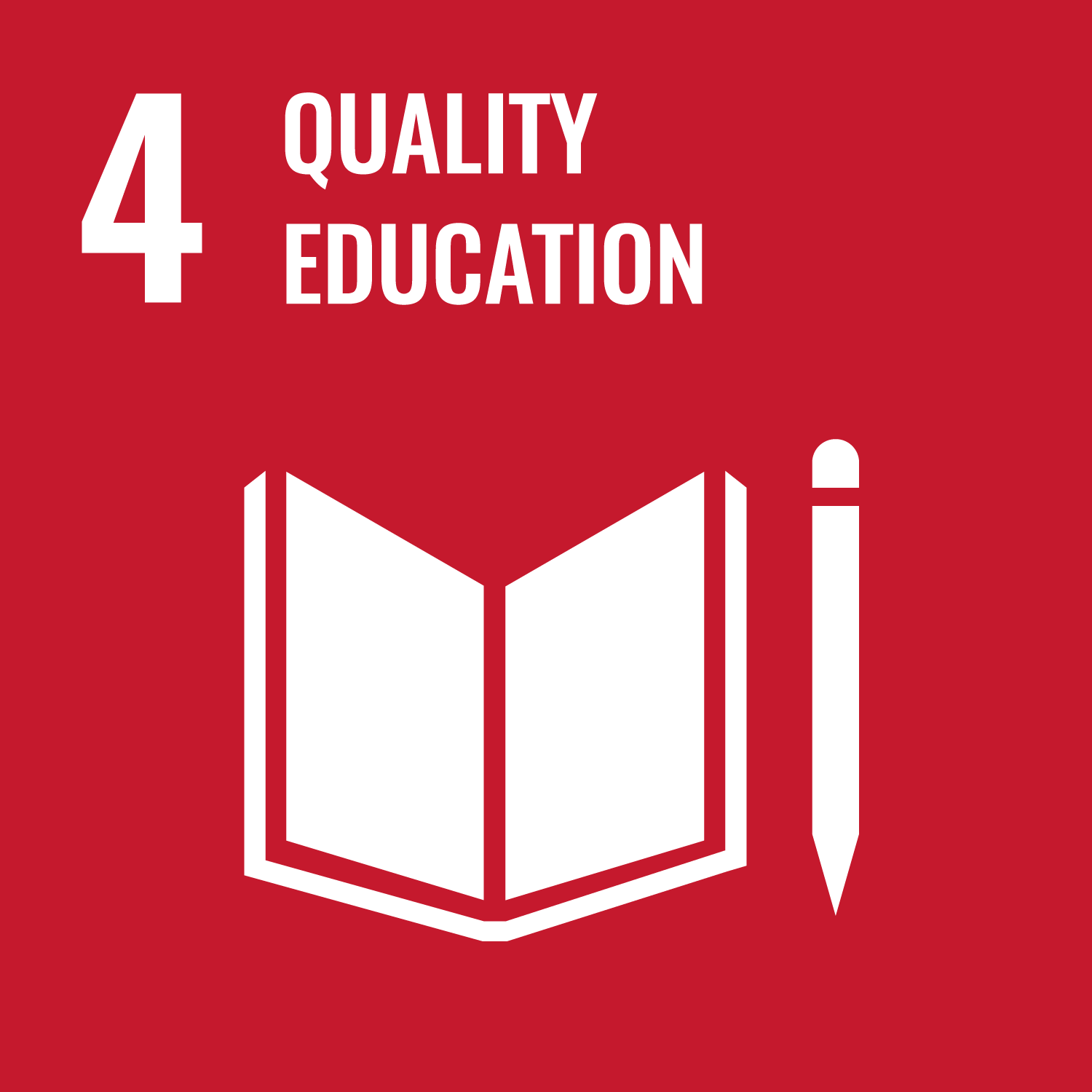
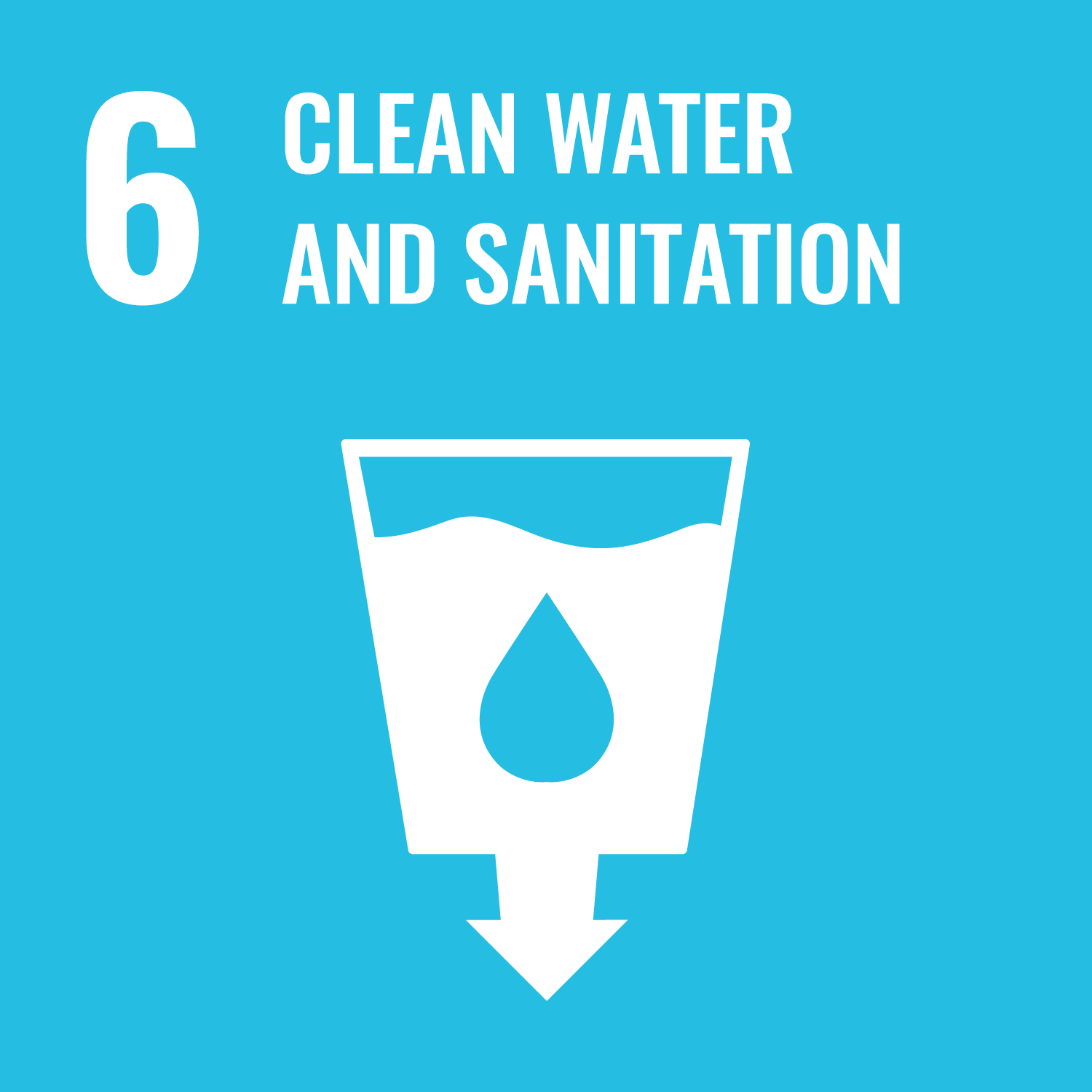
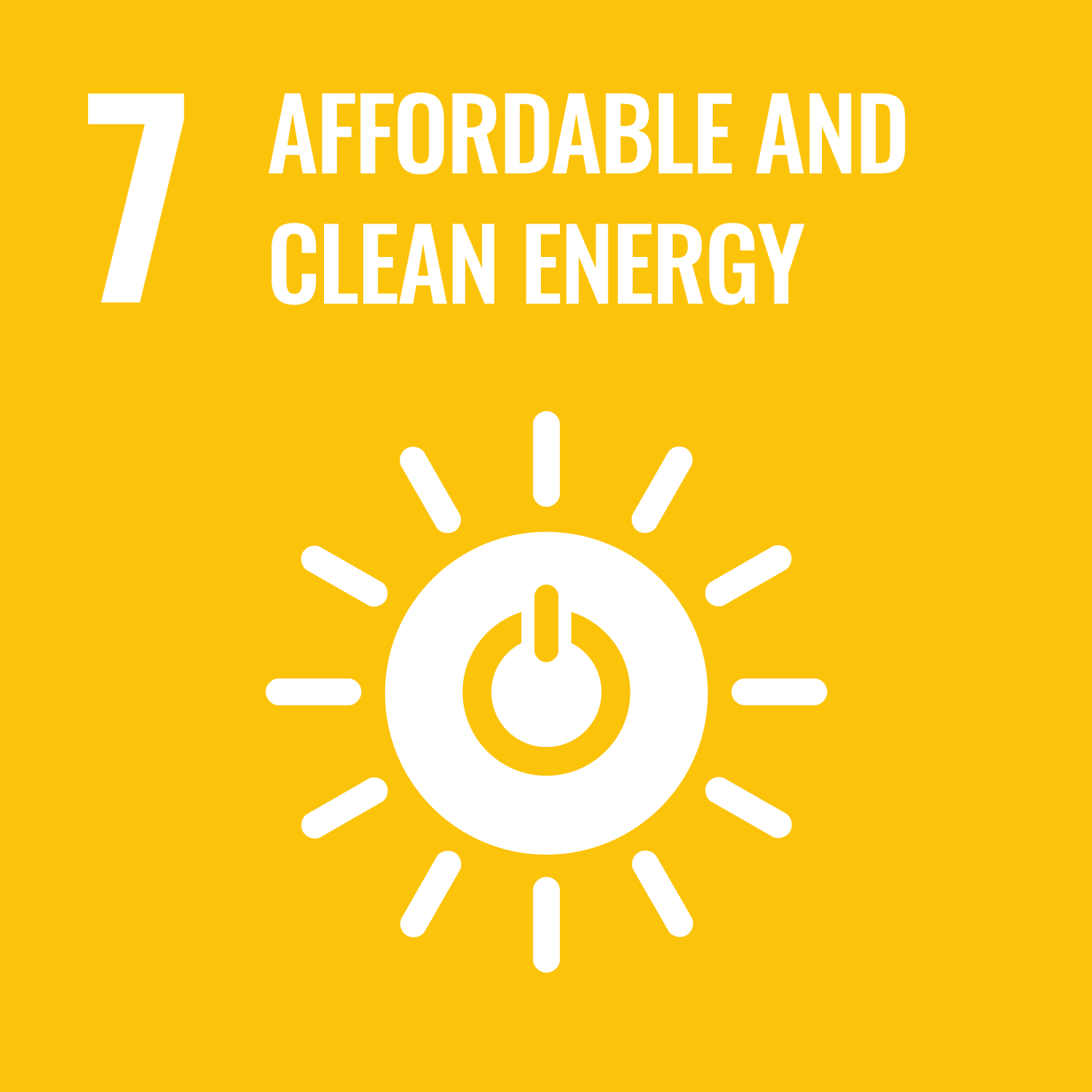
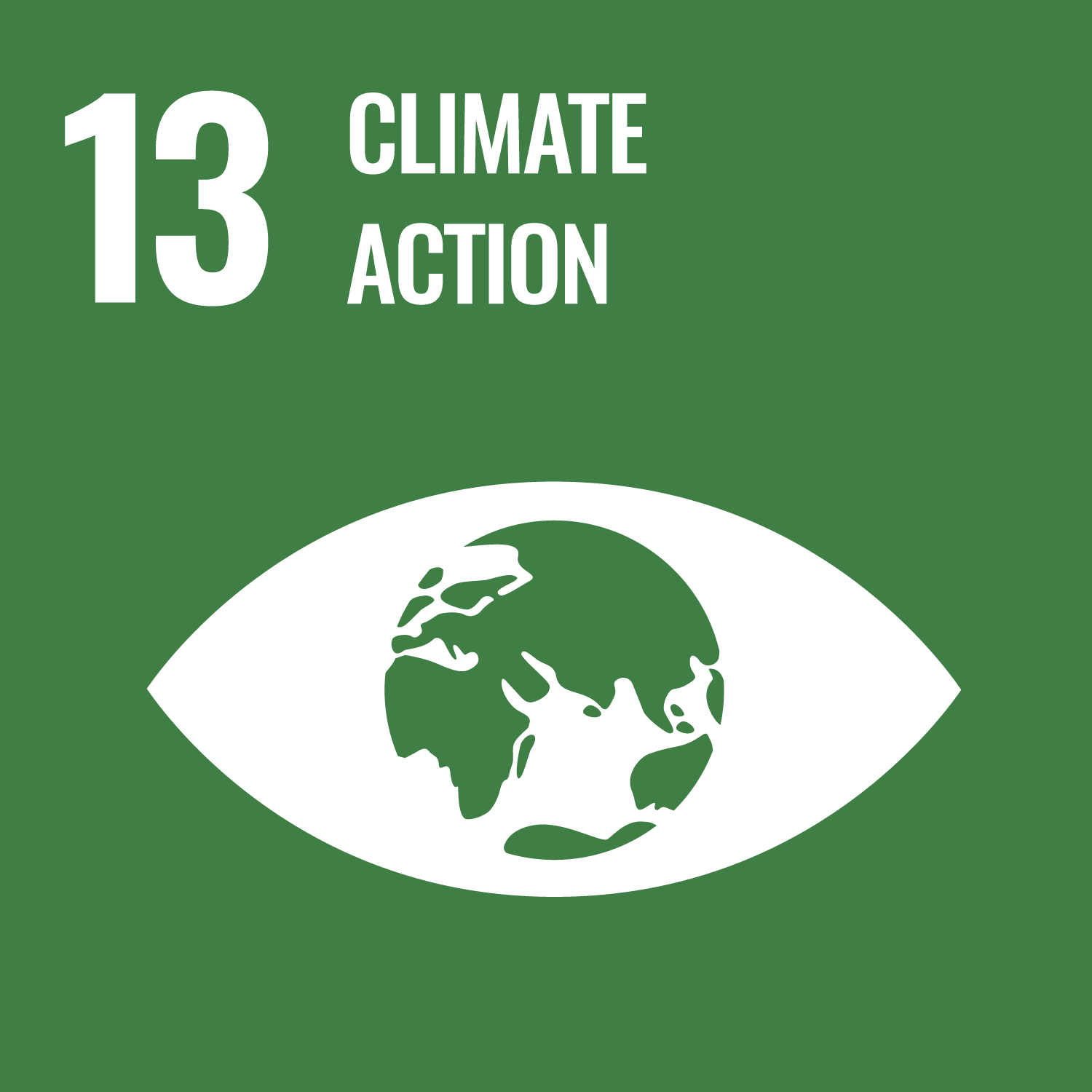
- 3.GOOD HEALTH AND WELL-BEING
- 4.QUALITY EDUCATION
- 6.CLEAN WATER AND SANITATION
- 7.AFFORDABLE AND CLEAN ENERGY
- 13.CLIMATE ACTION
Last modified : Fri May 27 04:13:08 JST 2022
